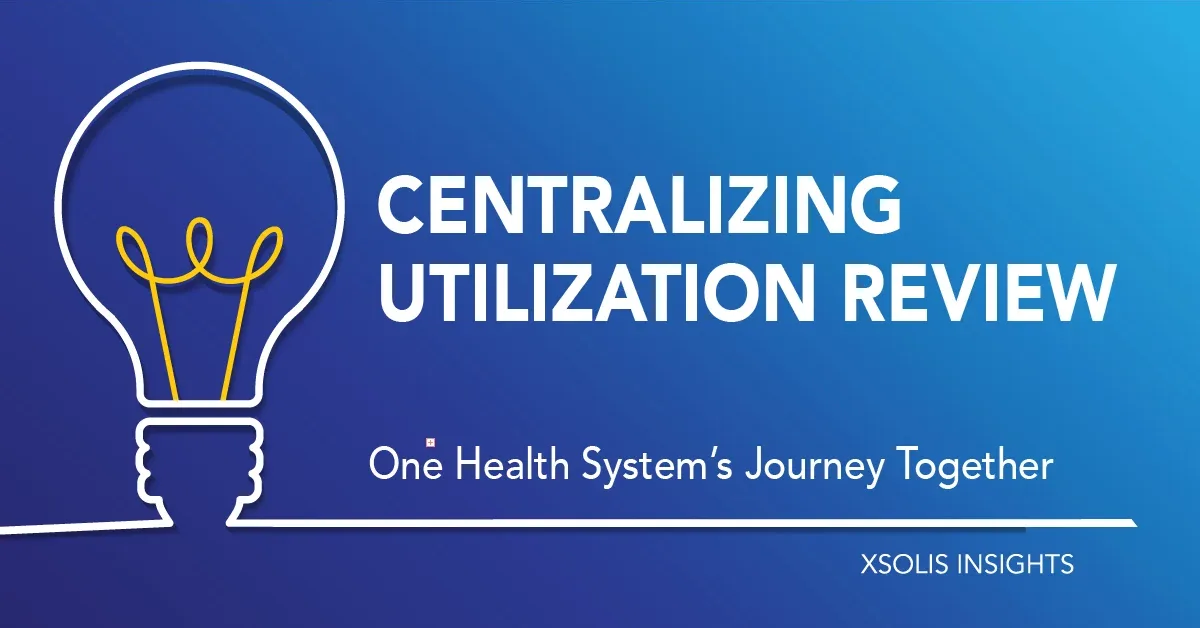In a breakout session at XCHANGE 2019, Rena Arden, corporate supervisor of utilization management at Knoxville, Tennessee-based Covenant Health, shared the lessons learned when the health system centralized its utilization management process. Because each of Covenant Health’s seven original facilities had their own case management (CM) and utilization management (UM) department, the process involved a lot of moving parts.
At larger facilities, commercial UM operated separately from the combined Medicare UM/CM model, and at smaller facilities, the distribution of reviews depended on the availability of staff. Healthcare regulations change all the time and keeping up would be difficult if UM remained in separate hospitals, Arden explained. Needless to say, centralizing the process was critical.
The health system had three primary goals as it worked toward UM centralization, Arden explained:
- Creating an infrastructure where nurses could work anywhere at any time
- Providing UM services 24/7
- Streamlining communication between physicians, case managers and UM staff
Four Steps to Success
Arden shared four ways Covenant Health achieved its goals.
- Choosing a management team and creating a “UM Redesign Team.” Covenant Health selected nurses—both hourly and salaried employees—from each of the seven facilities to give input on the process.
- Assessing each facility closely. “Because we were entering uncharted waters, we questioned everything,” Arden said. “We analyzed strengths and weaknesses and gaps in disparate processes.”
- Building the infrastructure. Centralizing a UM process typically means creating a new department—a demanding logistical process that involves developing a budget, hiring new employees and identifying office space. “We had to look at what we physically needed to make this transition happen—telecommunications, a call center and office space with a meeting room, for example,” Arden said. The team also looked at how to maximize their hours of operation, schedule nurses and ensure cross-cover between multiple facilities.
- Implementing Xsolis solutions. Covenant Health transitioned to centralized utilization review in January 2014. In 2016, the health system went live with Xsolis, implementing the Cortex platform, now known as Dragonfly Utilize. It has helped Covenant Health develop more efficient workflows, has unified staff in a single platform and has provided support for physician advisors and payer escalations.
Three Key Takeaways
Centralizing has allowed the UM team to speak with one voice to payers, physicians, patients and administration, Arden said. For health systems hoping to centralize their UM processes, she gave this advice.
- Don’t give up. Centralizing isn’t an easy task, Arden warned. “Our UM nurses with years of clinical experience would tell you it’s one of the hardest things they’ve ever done,” she said. But it’s also rewarding on many different levels. “Our nurses are now happy in their jobs,” she continued. “They’re doing less busy work, and they’re seeing better outcomes. I think they now feel supported in their jobs.”
- Trust your staff. Your staff wants to succeed and see patient care improved—trust them and involve them thoroughly in the process, while simultaneously making the model flexible and adaptable to their needs.
- Make it a reality. What will it take to centralize your health system’s UM processes? It might be wise to create a new department like Covenant Health did, which includes getting buy-in from senior leadership, developing budgets, finding office space and hiring new employees. Find what works for you then make it happen.
For more information on Covenant Health’s journey, read their case study.
